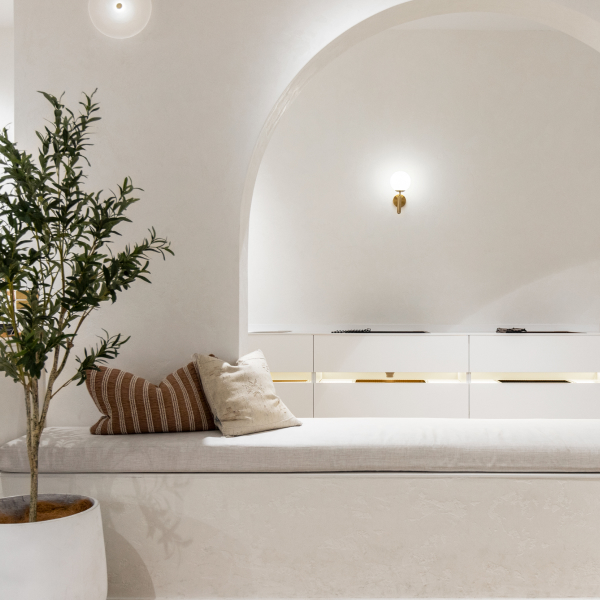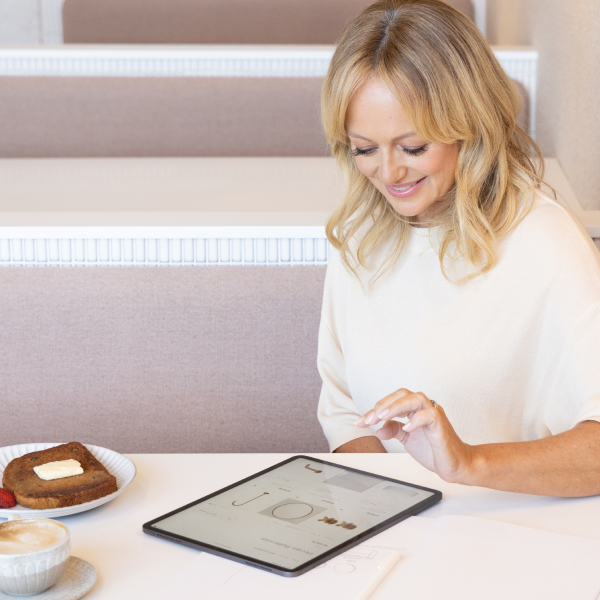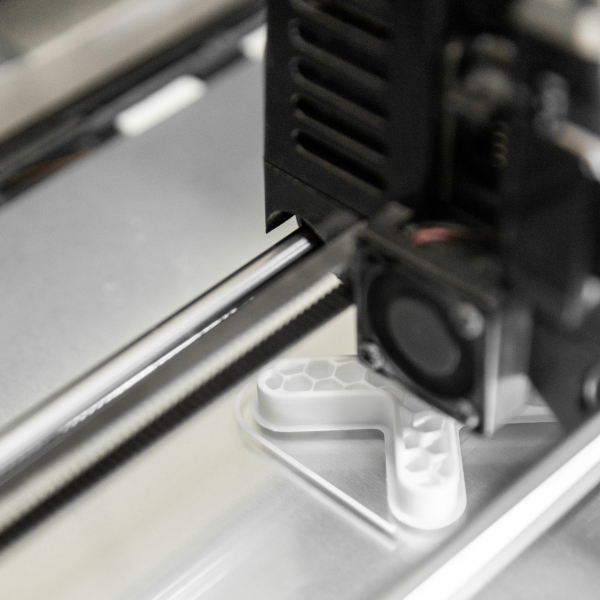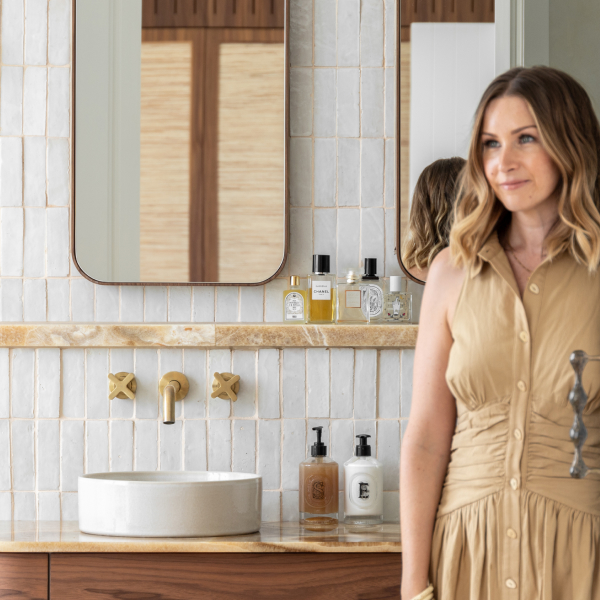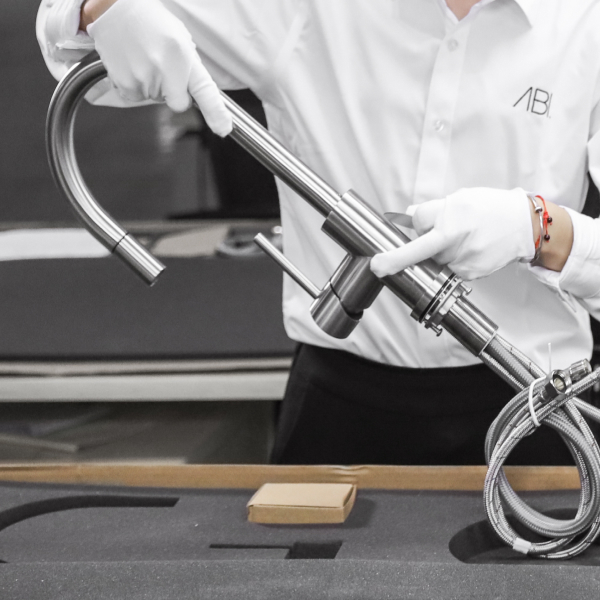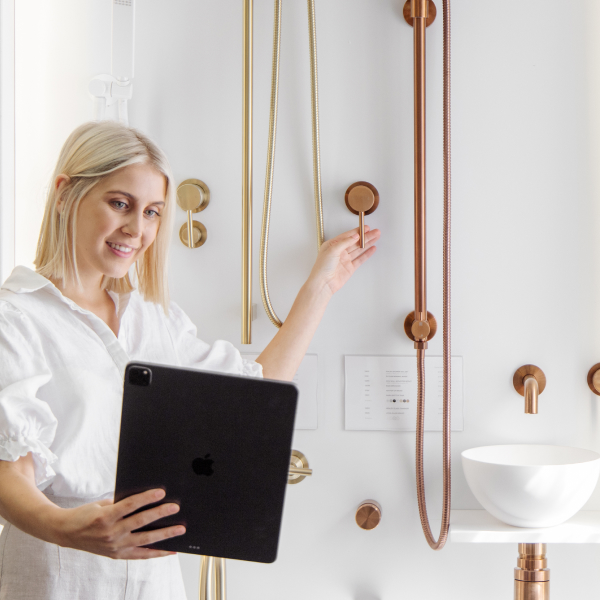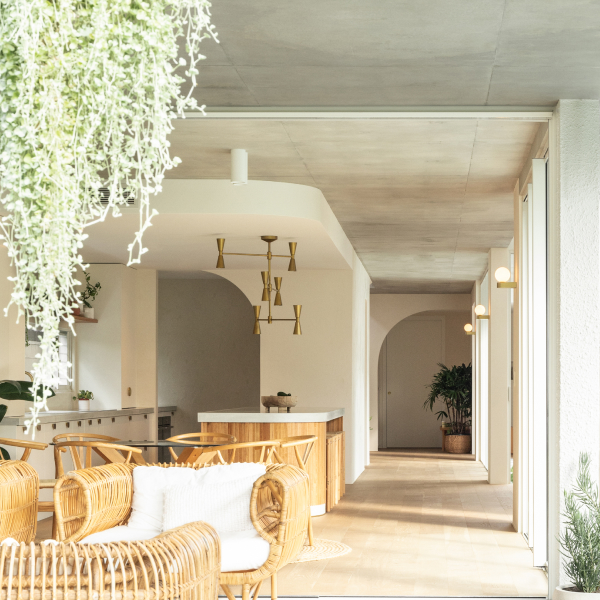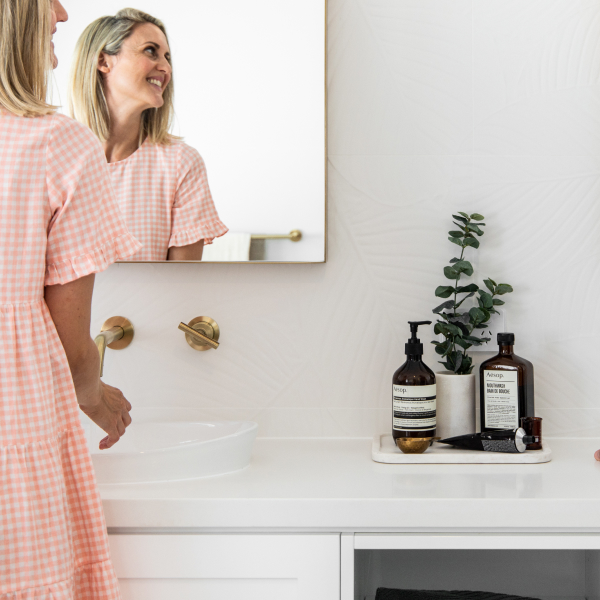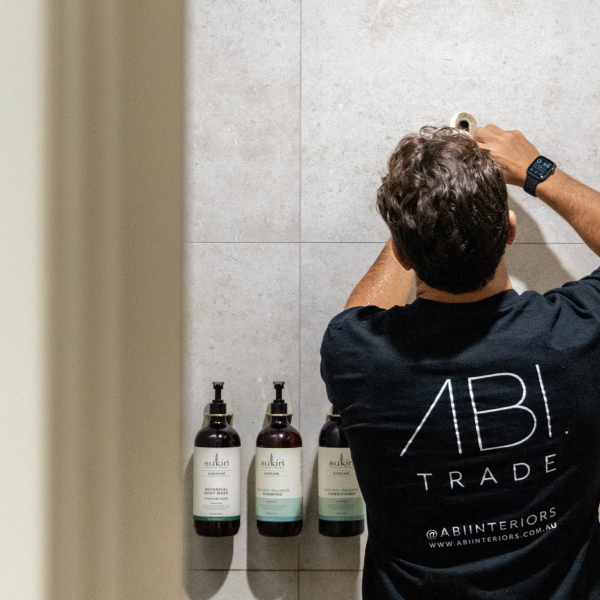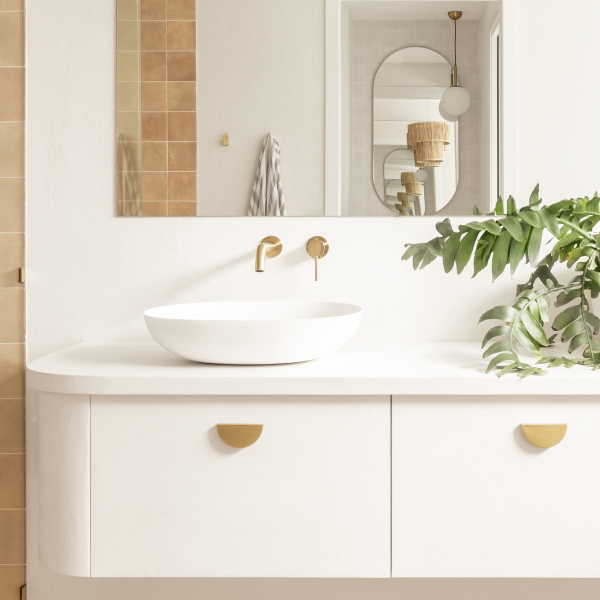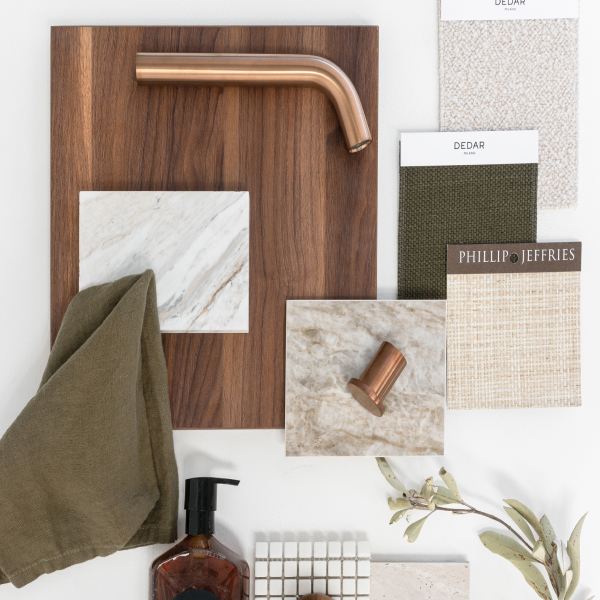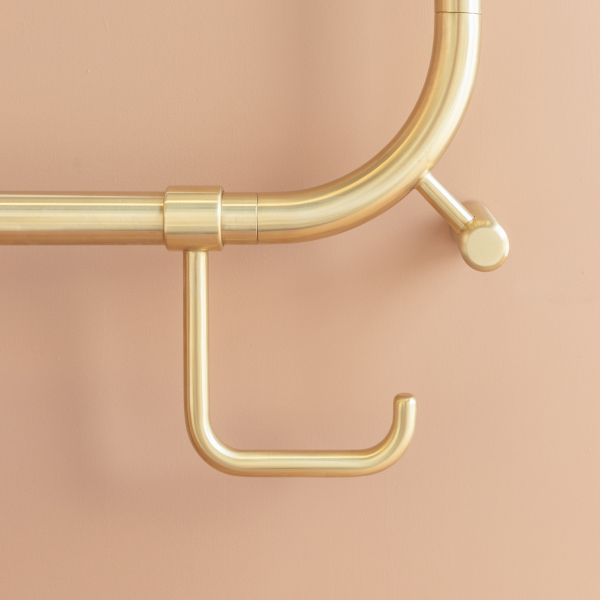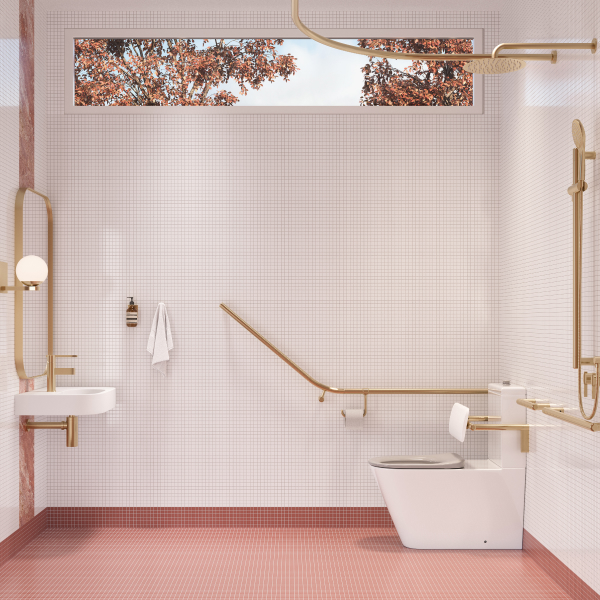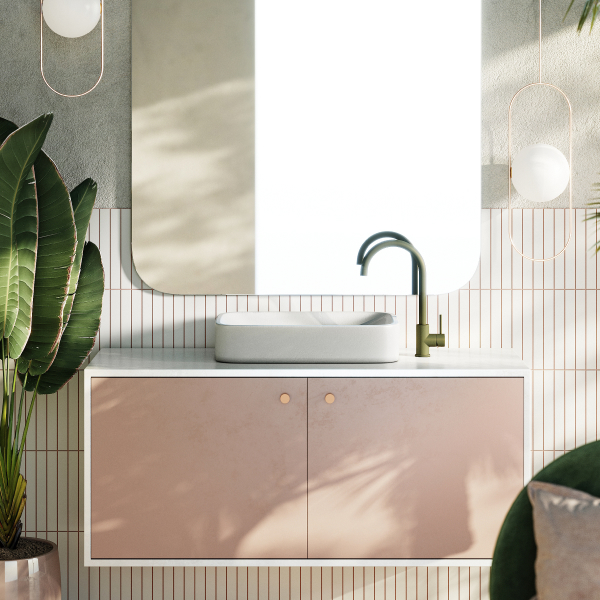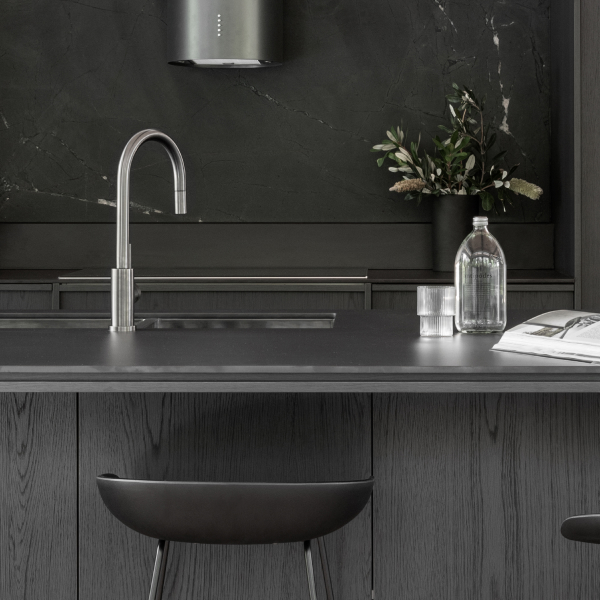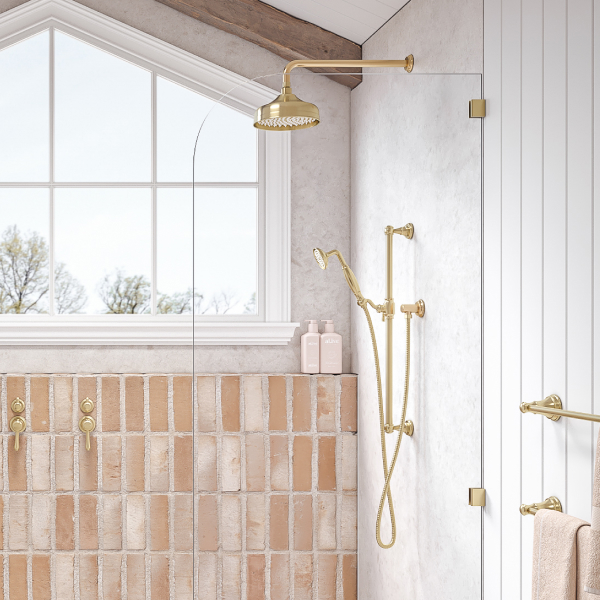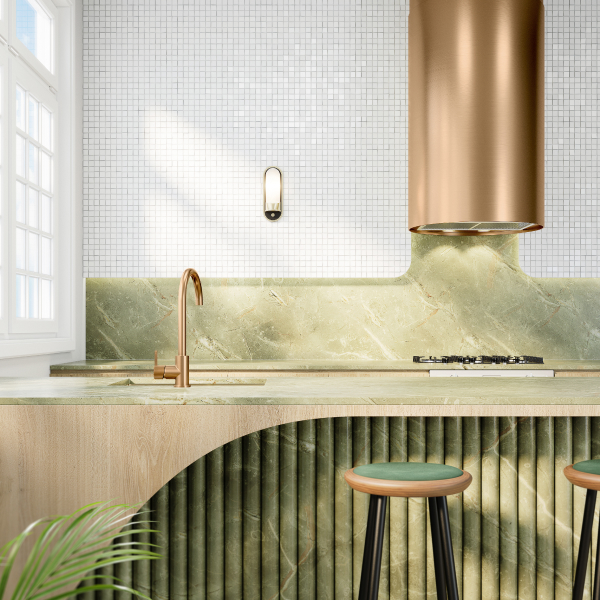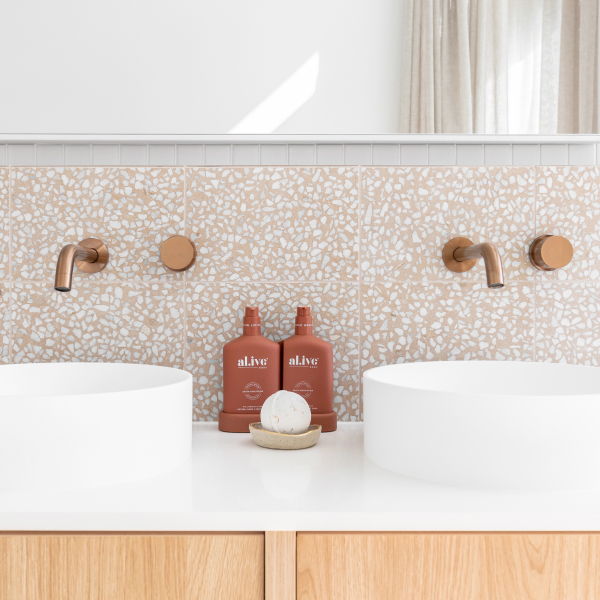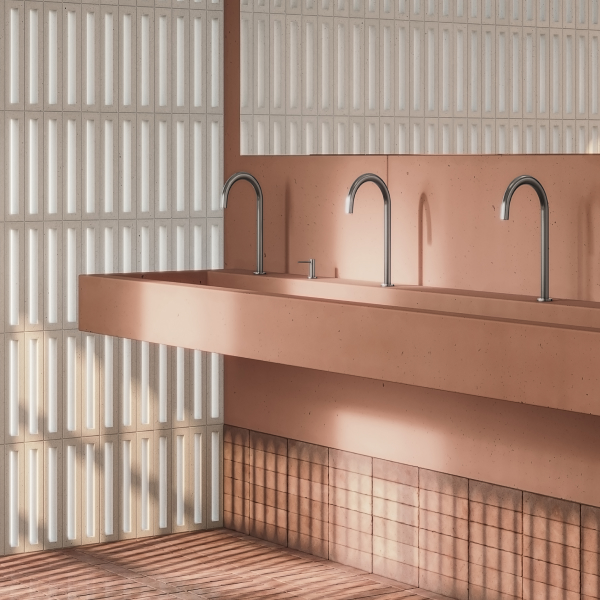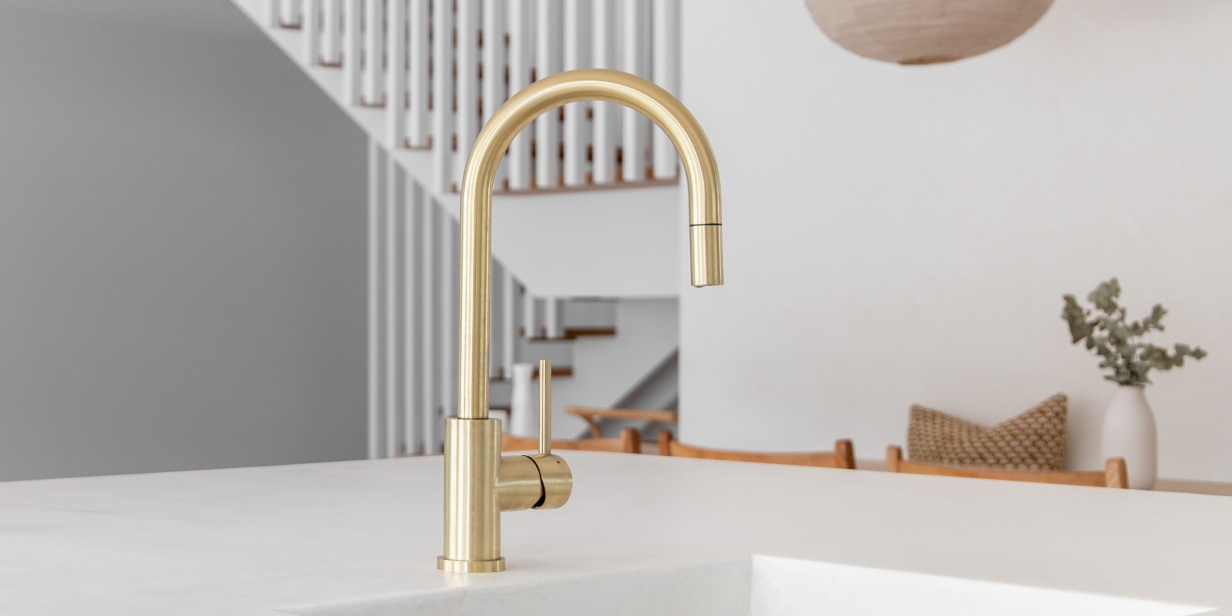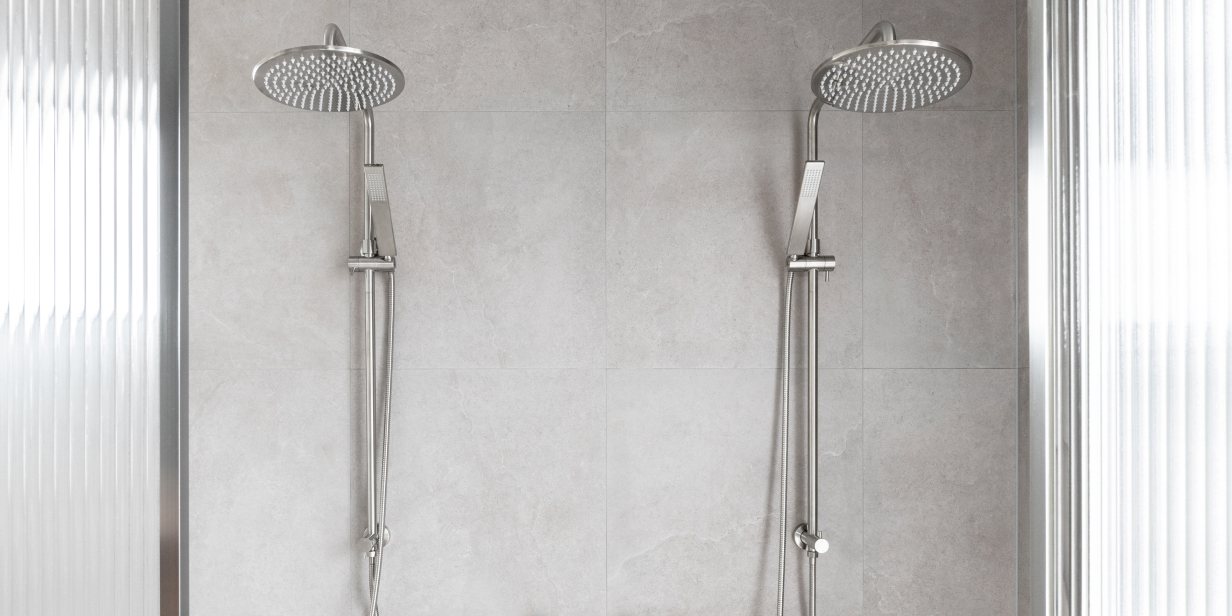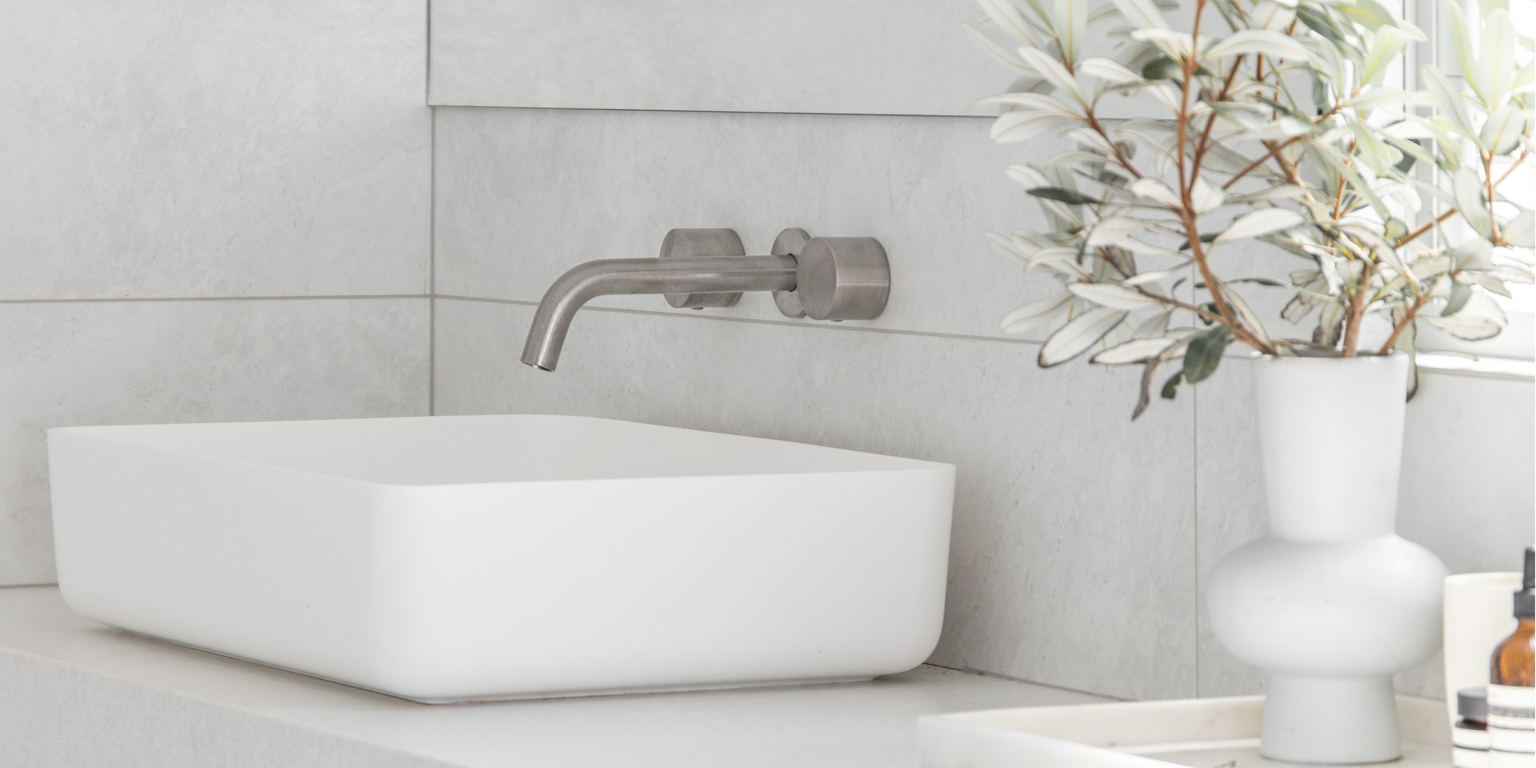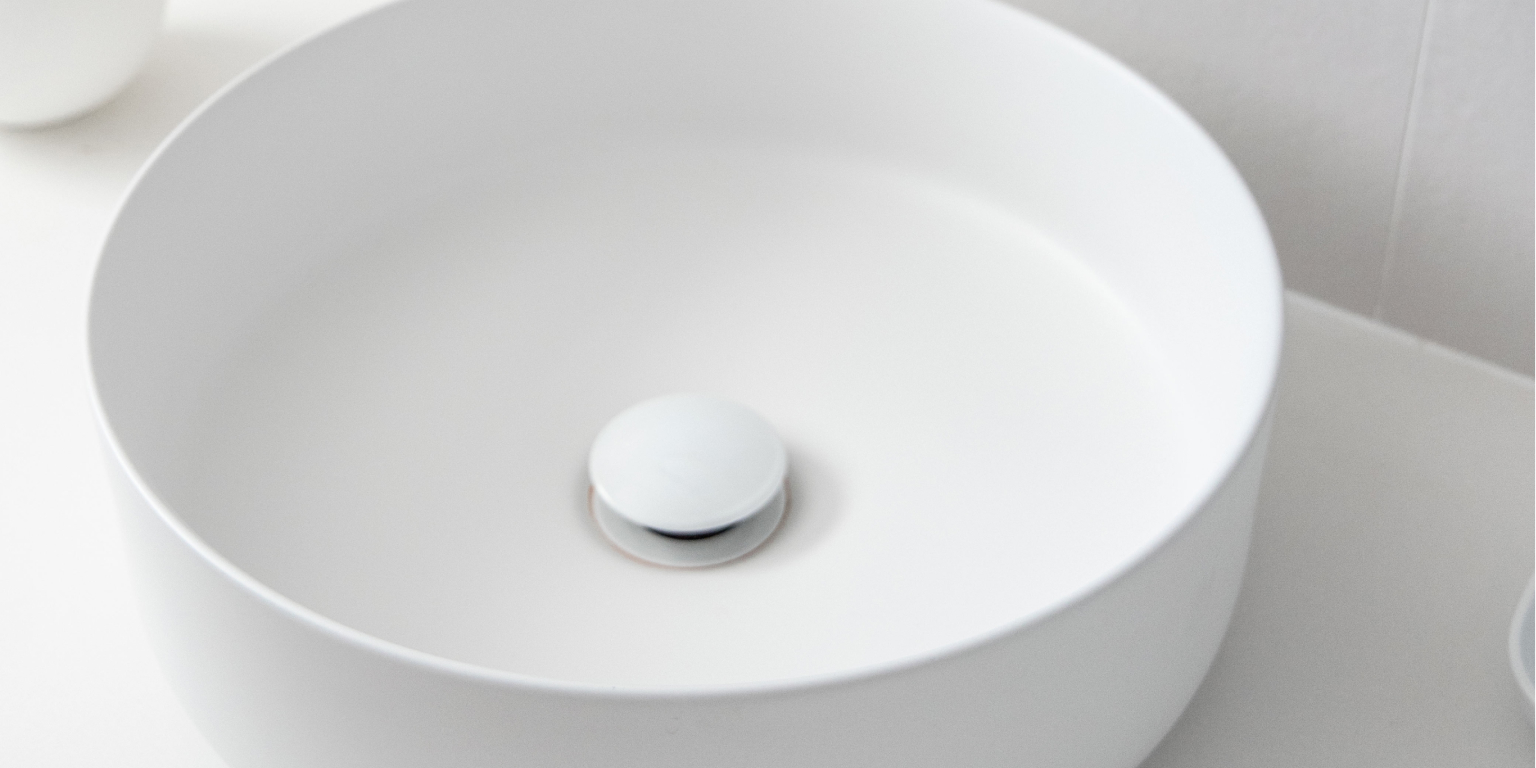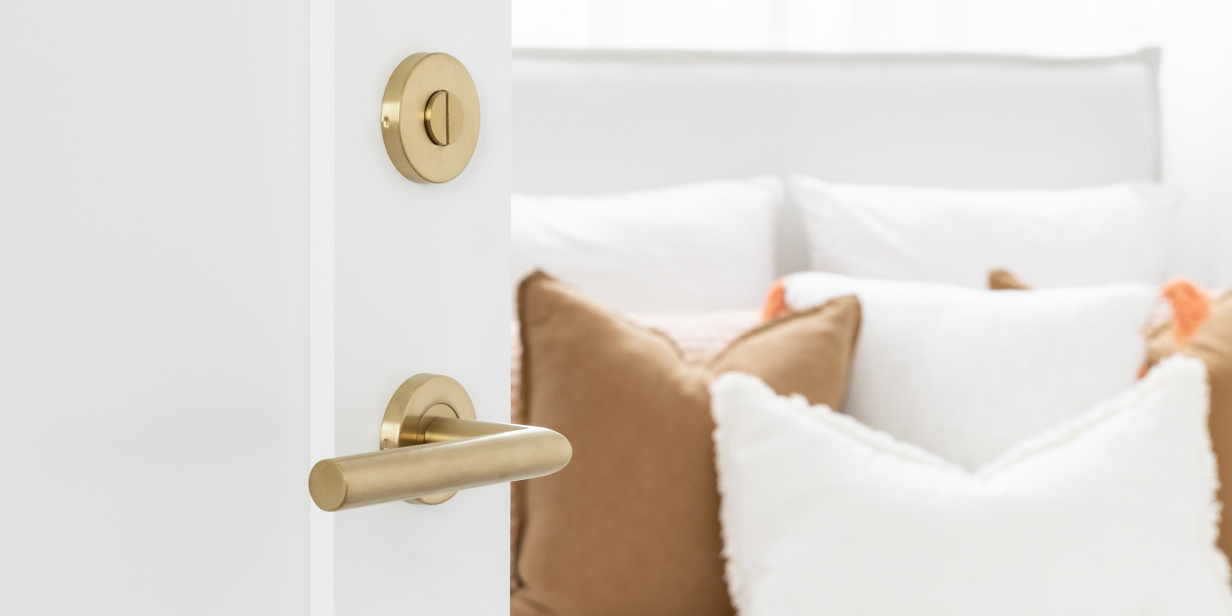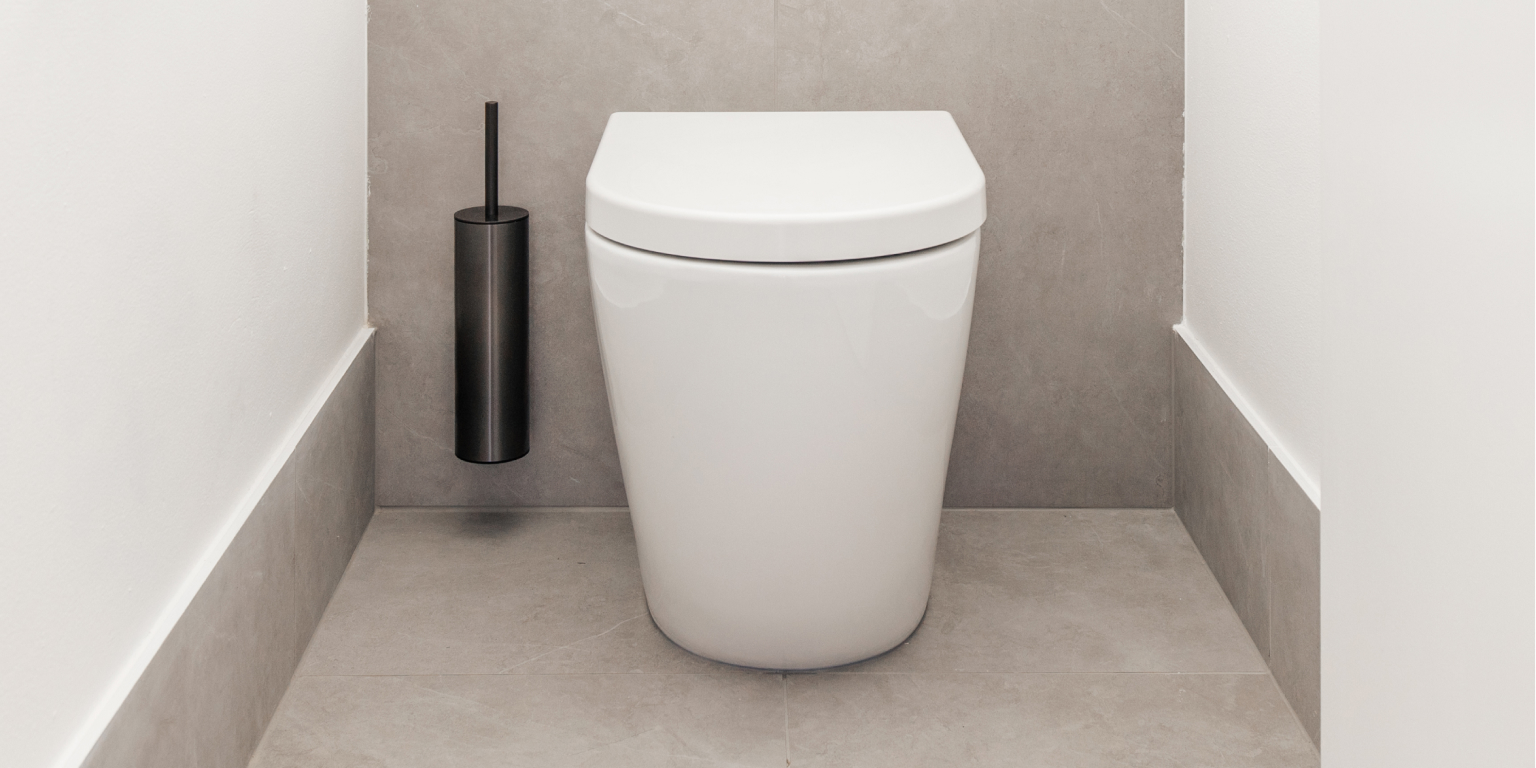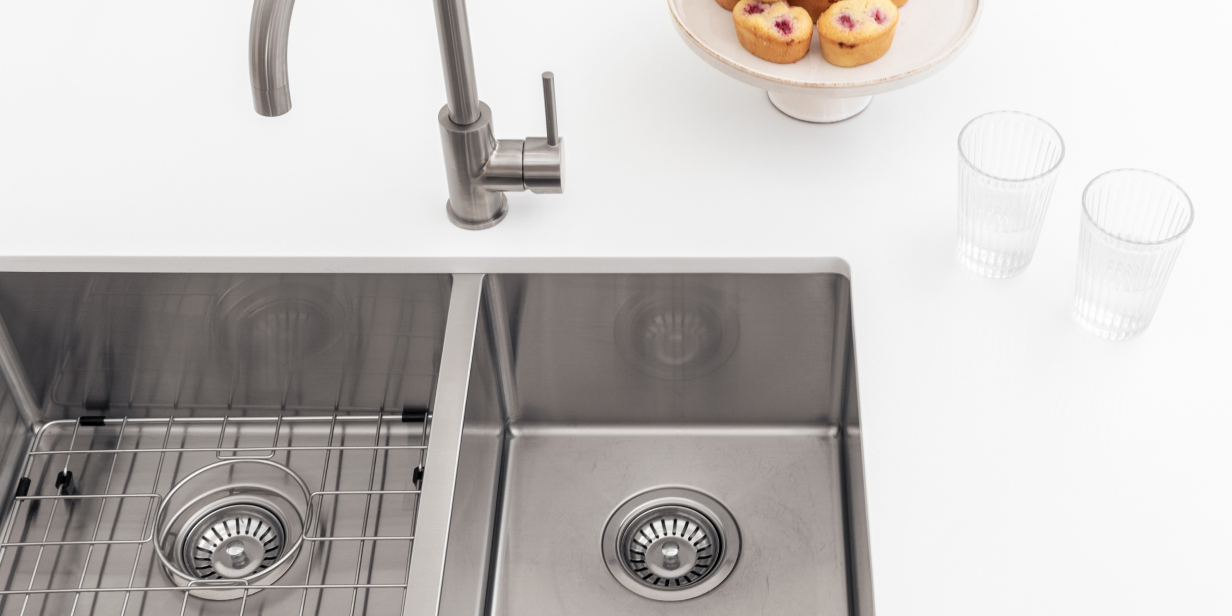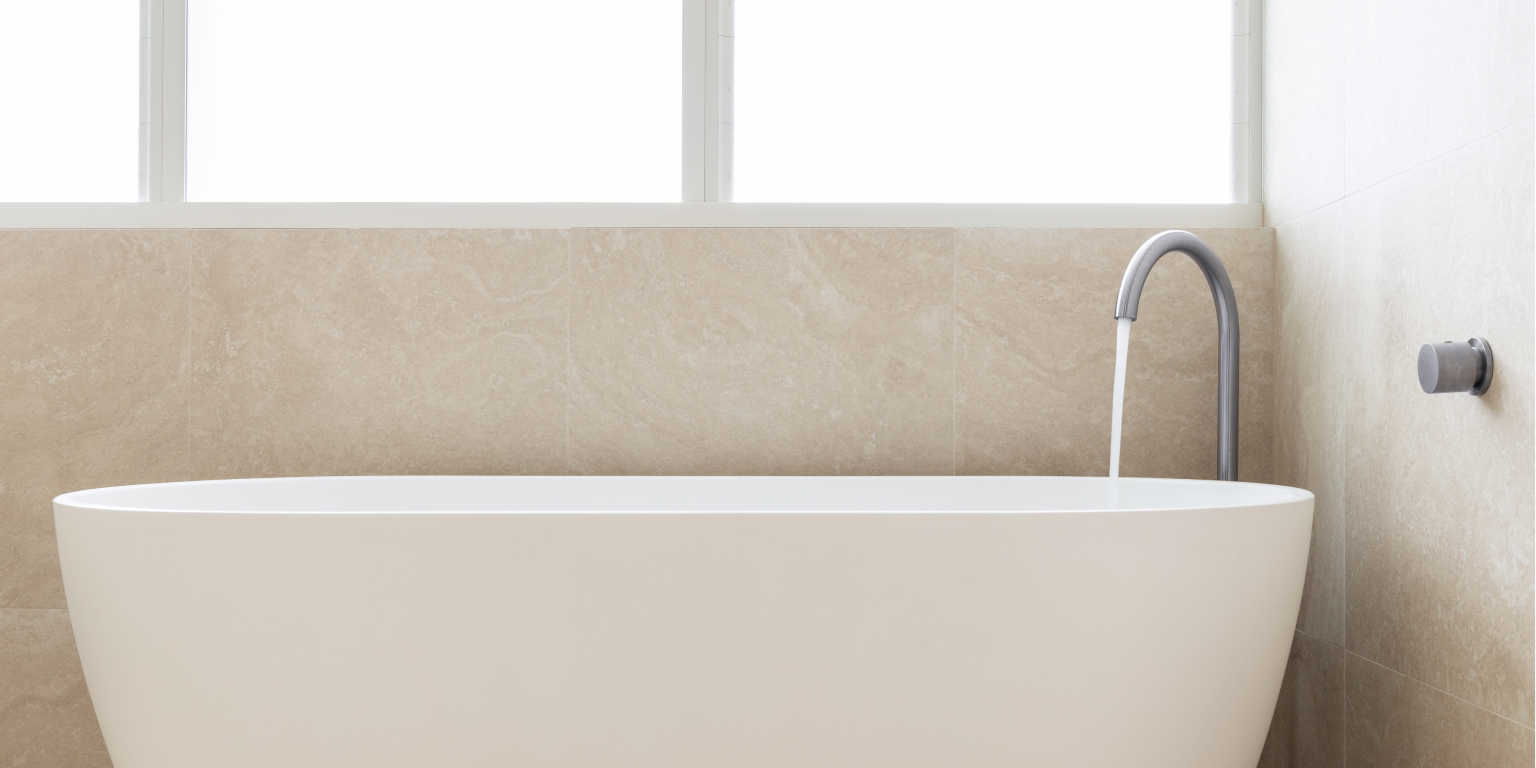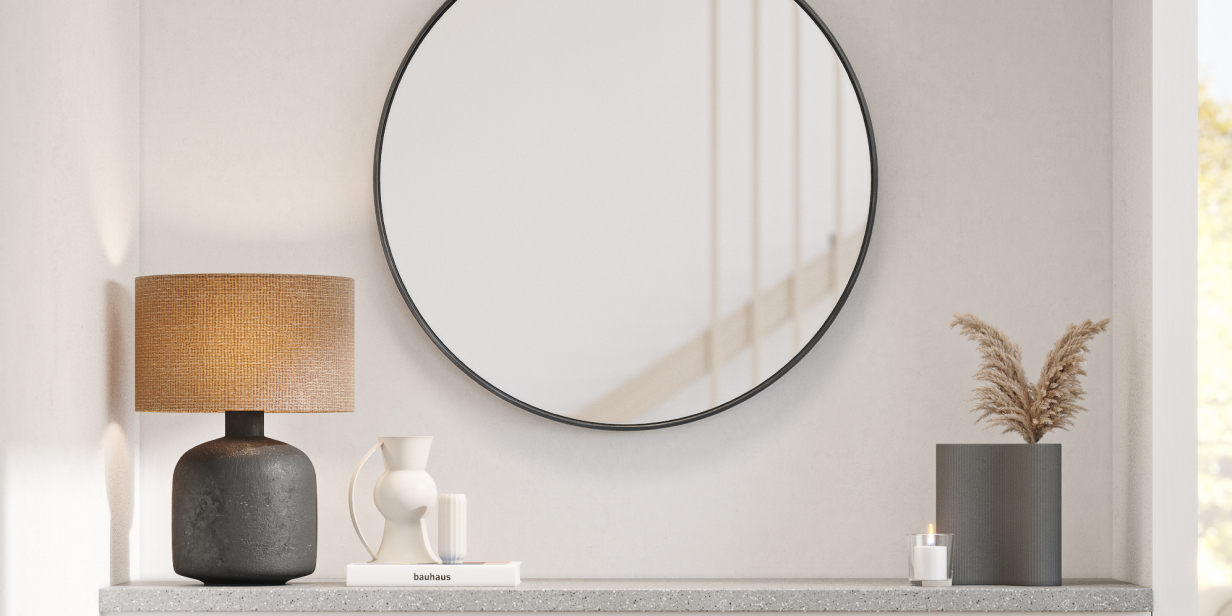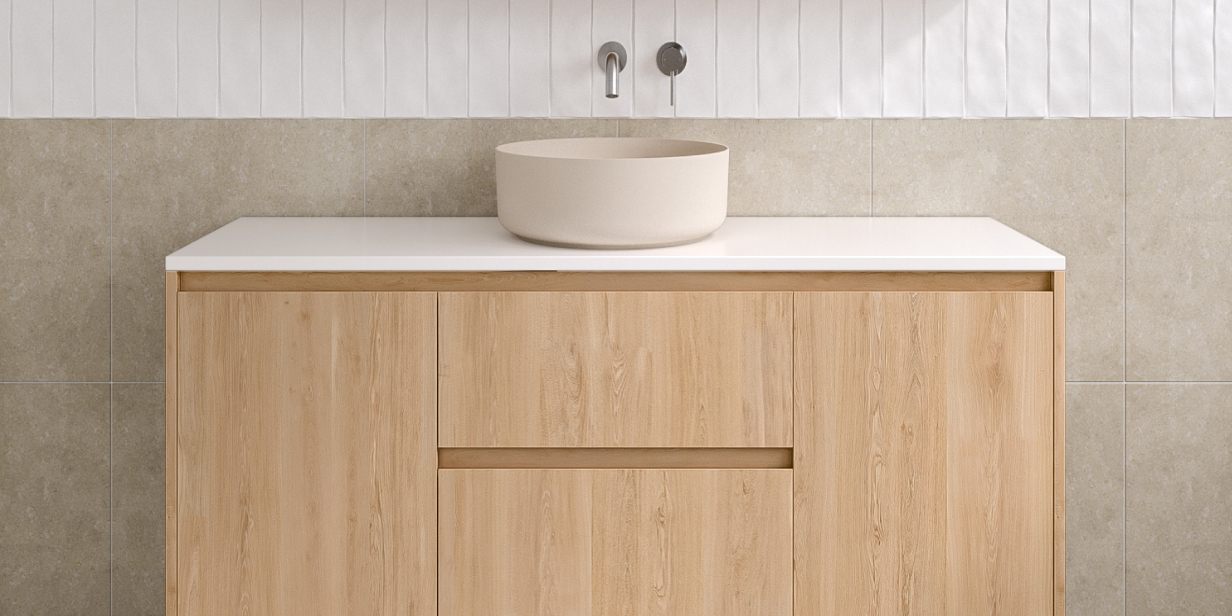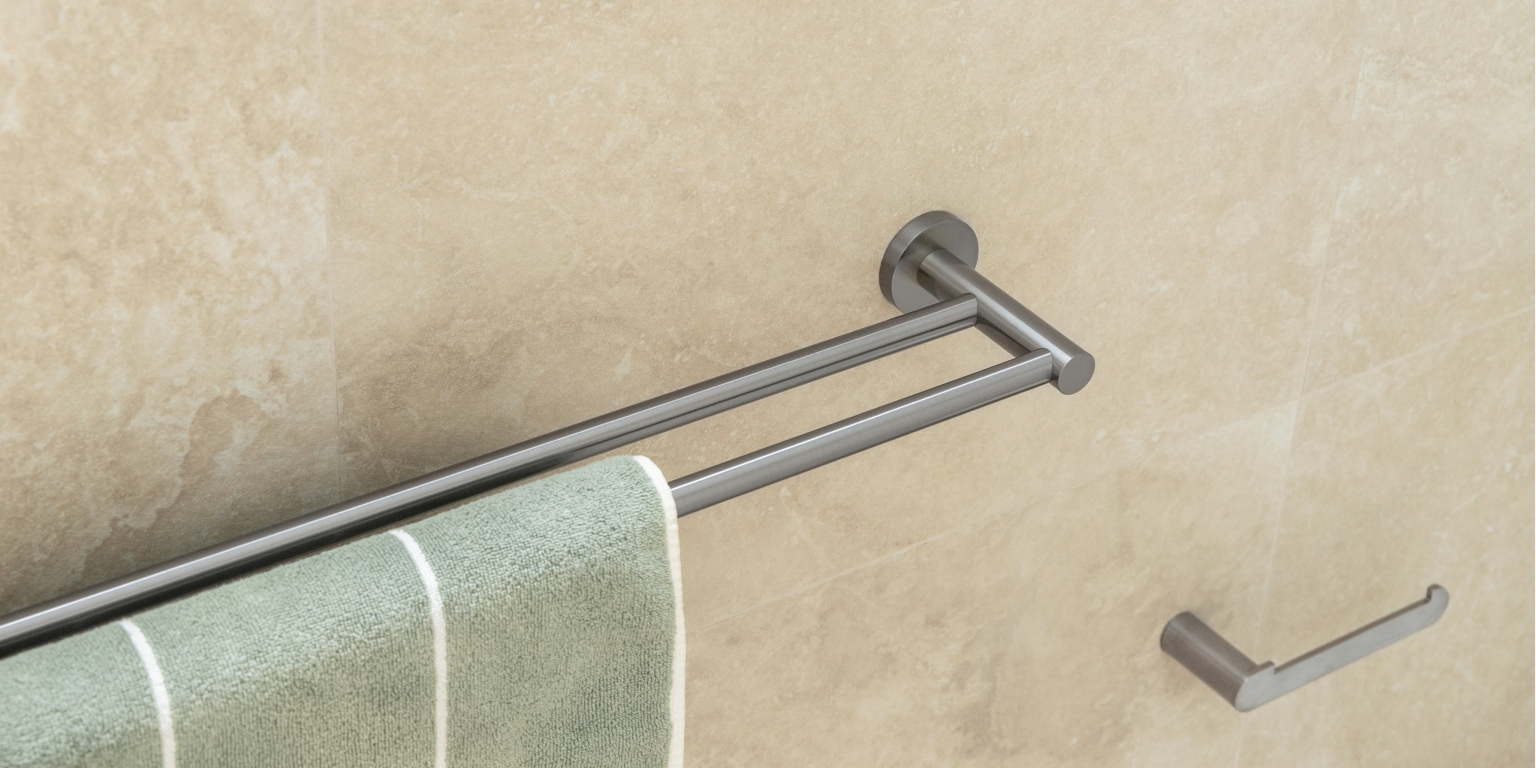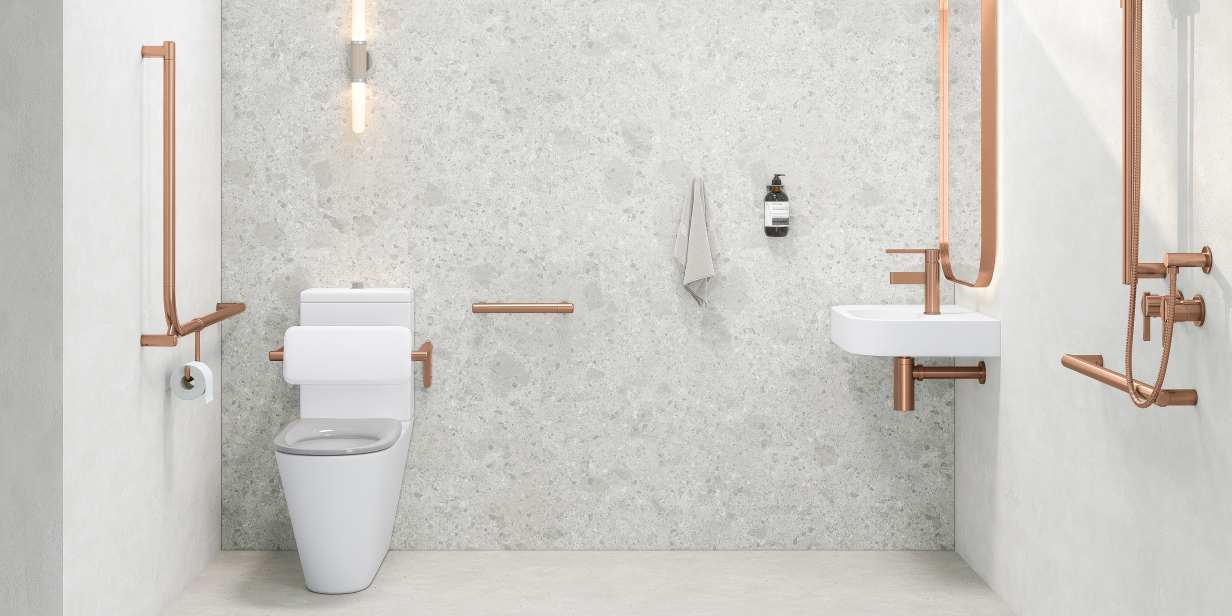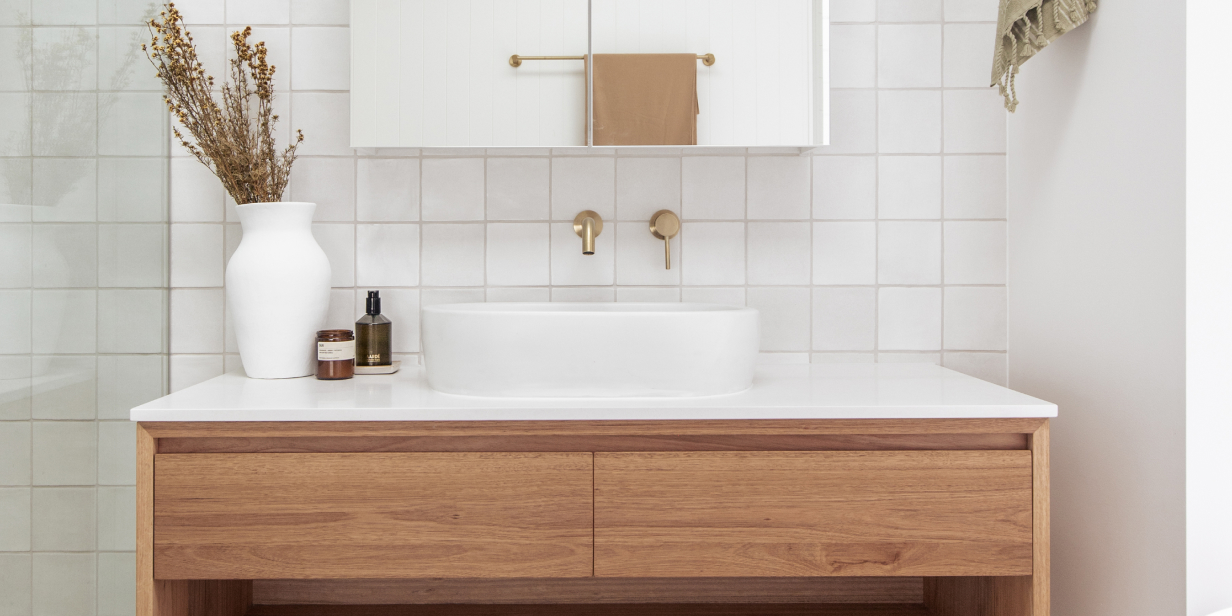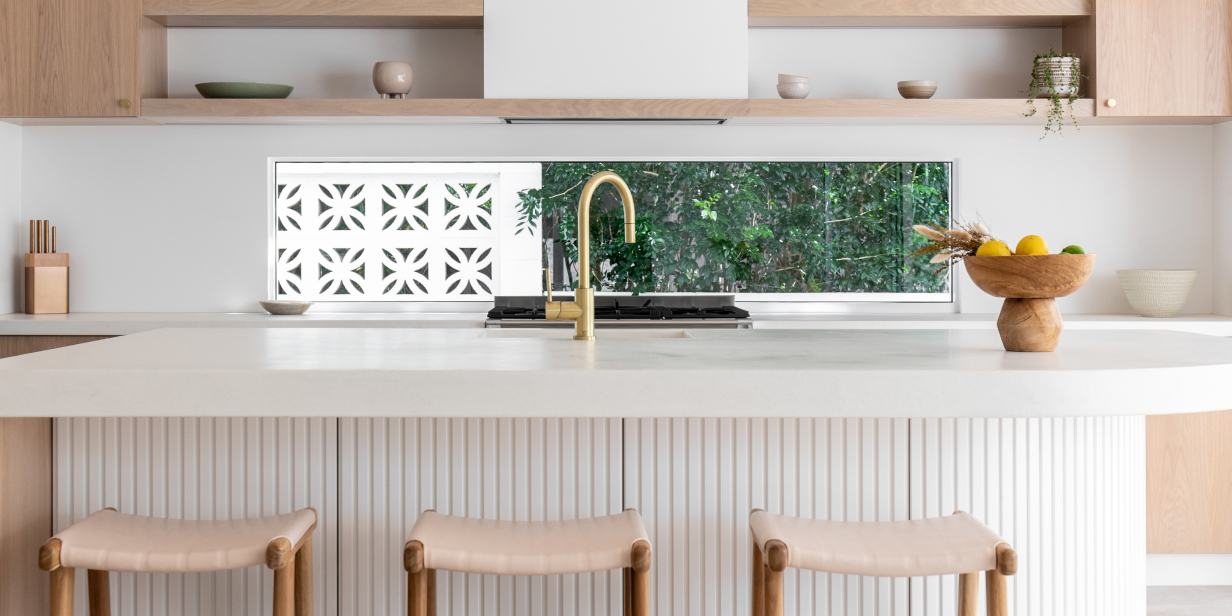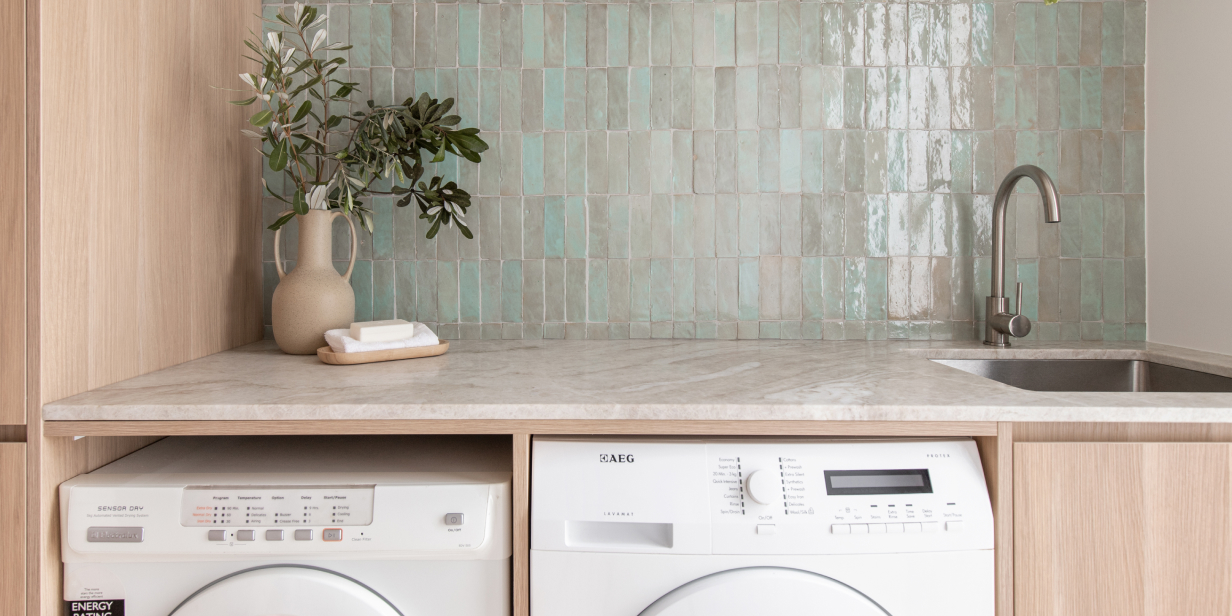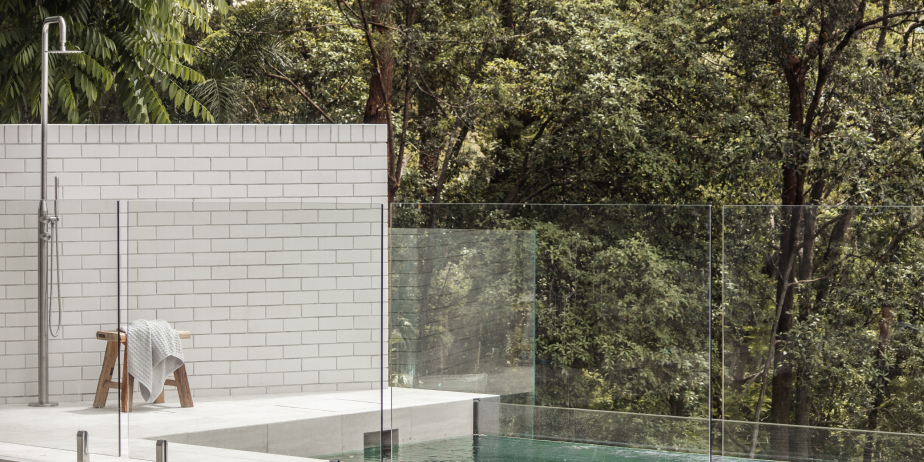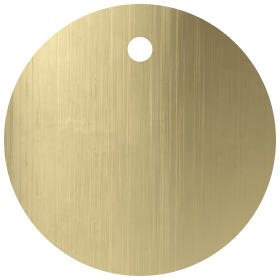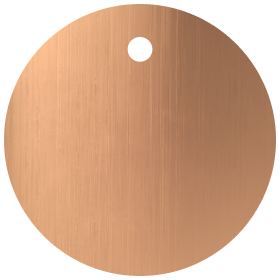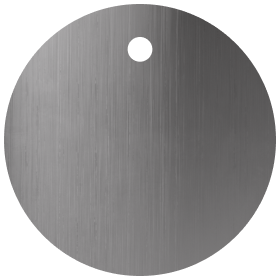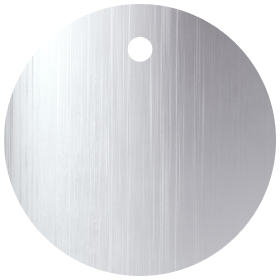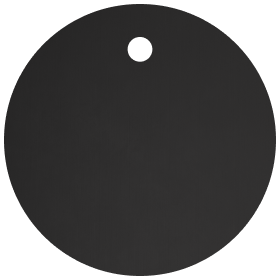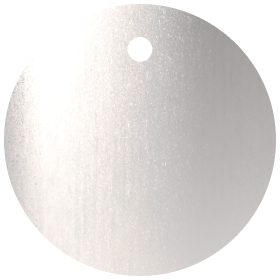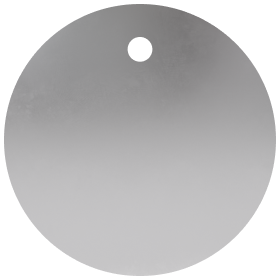Melbourne Architecture: History and Design

From the elegance of Melbourne’s heritage buildings to the charismatic contemporary house designs, Melbourne delivers endless architectural inspiration. The city holds various iconic landmarks, such as Federation Square and the Eureka Tower, where you’ll find the popular Eureka Skydeck. You’ll also find some of the most fascinating Art Deco, Gothic, Victorian and Baroque buildings in Melbourne’s architecture. Read on to learn about some of the remarkable structures cementing the city as Australia’s design capital.
Portable Iron Houses: Small-Scale Architecture


Though tiny homes are trending, the Portable Iron Houses served function over fashion. They also present a fascinating insight into Melbourne’s history. Survivors of the threat of demolition, the Portable Iron Houses are now one of the last remaining pre-fabricated iron homes in the whole world!
Thanks to the discovery of gold in the 1850s, Melbourne quickly became an exciting place to be, earning the nickname ‘Marvellous Melbourne’. During this time, thousands of migrants flocked to Victoria in the hopes of striking gold. As a result, a swift increase in accommodation was desperately needed –– enter the Portable Iron Houses.
From small abodes to churches that could house 700 people, the iron houses were chosen from a catalogue in Australia, then constructed in Britain and shipped over in labelled pieces. You did not need any handyman skills –– the magic of your iron house was how easy it was to assemble.
The three remaining Portable Iron Houses — Patterson, Abercrombie, and Bellhouse, are fascinating examples of small-scale architecture and historic house designs in Melbourne. Considered some of the oldest buildings in Melbourne, you may consider them humble by today’s standards, but they were a luxury compared to the rumpled tents in which many were forced to live. By 1855, South Melbourne housed 100 portable dwellings, and today you can view these last remaining iron homes here.
Manchester Unity Building: Art Deco Gothic


One of the most iconic Art Deco buildings in Melbourne is the Manchester Unity Building. Situated on the corner of the Central Business District (CBD)’s busy Swanston and Collins streets, it’s easy to walk past without giving the design much thought (unless you’re a history or architecture buff). If you stop to appreciate this unique construction, its Art Deco architecture offers a valuable opportunity to learn about Melbourne’s history.
Built in 1932, the Manchester Unity Building soon became one of the most famous buildings in Melbourne. The Manchester Unity Independent Order of Oddfellows (MUIOOF) bought the site, and by the time they could begin construction, the Depression was in full effect. Undeterred, the MUIOFF defiantly declared they were ‘undepressed by the Depression’. In a move that combatted the gloomy mood of the economic times, the Manchester Unity Building was swiftly constructed, with employment-hungry workers operating in 8-hour shifts around the clock. One floor was completed every seven to ten days, with 12 levels total. The operation attracted many locals who wanted to witness the birth of this fine example of Melbourne architecture.
The original architect, Marcus Barlow, sought to modernise the CBD with inspiration from the skyscrapers found in New York and Chicago, United States. The Tribune Tower in Chicago, a neo-Gothic skyscraper, is of particular note. Sadly, the city council would only approve a structure of no more than 40 metres. Though Barlow was disappointed by the setback, Manchester Unity would nevertheless be the tallest building in Melbourne at the time.
An Art Deco Gothic beauty, the establishment features a buff-coloured exterior and vertical ribbing. Flying buttresses, commonly used during the Gothic period, support the structure, welcoming light and open space, and adding depth to the stepped Gothic crown.
Significant maintenance and restoration efforts have continued the legacy of the Manchester Unity Building, most recently by part-owner Kia Pajouhesh from Smile Solutions.

Art Deco buildings in Melbourne are carefully preserved and restored, with many listed on the Victorian Heritage Register. Numerous apartment and house designs in Melbourne are of this style, and Melbourne is considered one of the world’s greatest Art Deco cities. You can find several striking examples in south-eastern suburbs such as South Yarra or north-eastern suburbs such as Ivanhoe East. Characterised by symmetry, simplicity, decorative details, aerodynamic curves, and line art, the style tells a tale of early 20th-century glamour.
333 Collins Street: Baroque

Constructed in the early 1890s, 333 Collins Street illustrated the Commercial Bank of Australia’s power, influencing people’s perception of its brand with the building’s elaborate, grandiose design.
To fully appreciate the elaborate design, you ought to consider Melbourne’s history. During the 1880s, the Bank of Australia took advantage of the burgeoning wealth from the country’s land and stock boom by creating a lavish new head office. Esteemed architects Lloyd Tayler and Alfred Dunn won the competition for the design, with Tayler leading the charge.
Having previously designed high-ranking banks, Tayler was perfect for the job for one of the most famous buildings in Melbourne. His creation of its focal point, the Baroque dome (‘the Dome’), still exists today and carries rich meaning. Reminiscent of 17th century Italian churches, the soaring dome is an exquisite example of Baroque architecture. Purposely theatrical, ornamental, and regal, this style intended to illustrate the glory of the Roman Catholic Church, at a time when they sought to reclaim power and authority over the growing Protestant movement.
Ironically, the bank moved into its new head office at the darkest time in its history due to a subsequent land and stock crash. Despite this, 333 Collins Street‘s grand design solidified it as one of Melbourne’s iconic buildings.
333 Collins Street was rebuilt in 1939 with an Art Deco facade, but luckily, the Dome and vestibule were preserved. Demolition threats during the 1970s led to rallies to save the site, and thanks to these preservation efforts, it’s now listed as one of Melbourne’s heritage buildings.
Eureka Skydeck: Modern

At almost 300 metres, the Eureka Tower in Southbank, Melbourne, was the tallest residential building in the world at its completion in 2006. The Eureka Skydeck, located on the 18th floor, is a popular tourist destination for visitors to enjoy a 360-degree view of the city’s horizon.
To understand the tower’s architectural design, we must first look at its name origin, rooted deep in a pivotal moment in Melbourne’s history. Amidst the Victorian gold rush, miners in the year 1854 rose up against the colonial powers that repressed them. Henceforth came the Battle of the Eureka Stockade, a palpable moment in Melbourne’s history, which was to set the scene for future civil liberties. Though the colonial establishment was quick to squash the rebellion, the defiance from the strong-willed miners meant that the Eureka Stockade is now considered the birthplace of Australia’s representative democracy.
Viewing the Eureka Skydeck from the outside, you’ll notice a glaring gold crown that serves as a reminder of the gold rush. The red stripe on its side purportedly symbolises the sacrificed blood of the rebellion. The famous Eureka flag flown at the Battle of the Eureka Stockade is honoured by the tower’s blue glass cladding and horizontal white lines. Eureka Tower is a fine example of Melbourne’s modern architecture, promoting the city’s image as one of the design centres of the world.
Federation Square: Deconstructivist


Federation Square, located directly across from the iconic Flinders Street Station in Melbourne, is a lucid example of the design community being at odds with popular taste.
‘Fed Square’ was designed with the experimental, unbalanced principles of deconstructivism and a representation of Melbourne’s inherent architectural meshes. With an irregular geometrical facade, vertical ‘shards’, a mish-mash of materials, and camouflage-like colour patternings, it’s easy to see why the aesthetics stirred controversy. The design received criticism from Melbournians but applause from the design community. Residents have learnt to love Federation Square, now a popular meeting spot for locals and tourists alike.
Characterised by open spaces, Federation Square is a place of communion. Hosting regular arts and cultural attractions, community events, the biggest televised screenings in Australia, and culinary experiences, Federation Square attracts an impressive 9.7 million visitors annually.
Looking for inspiring house designs in Melbourne? See Melbourne Architecture Embraced in a Cottage Renovation.
References
- 333 Collins Street. The Past, The Present, The Future (no date). Available at: https://www.bingobango.com.au/clients/333collins/images/333-Collins-Brochure.pdf (Accessed: February 10, 2023).
- Department of Jobs, Precincts and Regions (2021) History of gold mining in Victoria, Earth Resources. Department of Jobs, Precincts and Regions. Available at: https://earthresources.vic.gov.au/geology-exploration/minerals/metals/gold/gold-mining-in-victoria#:~:text=Gold%20discovery%20at%20Ballarat%20in,over%20the%20world%20to%20Victoria. (Accessed: February 10, 2023).
- Eureka Tower, Melbourne, Australia (2021) World Construction Network. Available at: https://www.worldconstructionnetwork.com/projects/eureka/ (Accessed: February 13, 2023).
- Federation Square: History + Design (no date) Fed Square, Melbourne Australia. Available at: https://fedsquare.com/history-design (Accessed: February 10, 2023).
- History of the Manchester Unity Building (2018) Manchester Unity Building. Available at: https://manchesterunitybuilding.com.au/history/ (Accessed: February 10, 2023).
- Portable iron houses (2022) National Trust. Available at: https://www.nationaltrust.org.au/places/portable-iron-houses/ (Accessed: February 10, 2023).
- Stouhi, D. (2020) What is Deconstructivism?, ArchDaily. ArchDaily. Available at: https://www.archdaily.com/899645/what-is-deconstructivism (Accessed: February 10, 2023).
For a broad range of interior design guides, explore the rest of our home inspiration articles.
